High hopes at high altitude: a spotlight on South American wine
A spotlight on South American Wine
Over the past few years our global appetite for South American wine has increased tenfold. Cultivated on the somewhat unforgiving terrain of the Mendoza desert, or in high altitude vineyards that reside at the foothills of the Andes, these wines are spectacular feats in viticulture, playing with experimentation that breaks beyond the traditional winemaking of the ‘Old World’.
We’re sure you’ve heard of Mouton-Rothschild or Cheval Blanc. But what about Almaviva or Cheval des Andes? Instead of being pitched as rivals to the Old World cohort, these wines are direct products of these estates. Created as the offspring of a series of unexpected marriages, the past few decades have seen a plethora of wineries pop up across South America that draw on both the dynastic winemaking of Bordeaux, and the sublime terroir and extreme climates of Chile. In turn, looking South will sure-fire unlock some of the wine world’s most celebrated gems.

SEÑA
Since tasting the spectacular 2021 vintage, it’s wild to think now that there was a point in time where Seña was an obscure wine from a region that was only just getting itself known. Born the brainchild of fifth-generation winemaker Eduardo Chadwick (of Errazuriz) and Napa Valley big-gun Robert Mondavi (Opus One), Seña was established in 1995 with the huge goal of rivalling some of Bordeaux’s greatest wines.
Perhaps seemingly hubristic in its aims, Seña soon had the chance to flex its muscles nearly a decade after its inception, when put in competition with some of the finest wines the world had to offer. Feeling that the wine needed a little boost to get its name on the map, in 2004 Mondavi organised the famous Berlin Tasting. Pitting both the 2001 Seña and their side-project Vinedos Chadwick (2000) against 16 wines from France, Italy and Chile, the tasting saw a plethora of top judges blind taste this vast selection. With both Vinedos Chadwick and Seña coming in first and second place (beating both Lafite and Margaux to the top spot), both these wines made the international drinks community stand to attention. Chile had made its way into the public consciousness not only as a country on the rise, but as a region to be reckoned with.
Translating to mean “sign”, Seña have intended to capture that unmatched feeling of stumbling across a new bottle by chance, and the mysticism behind these encounters. Cultivated in the high-altitude Aconcagua valley, this is a beverage shrouded in viticultural mysticism, that shows the beauty that can be created when both the Old and New World collide.

CHEVAL DES ANDES
Did you know that Mendoza is in fact a desert? We didn’t either. This fact is particularly wild when you think of the number of spectacular wineries that call Mendoza home. Amongst these is the acclaimed Cheval des Andes, whose wine is cultivated between both the 1,070-metre-high Las Compuertas, and 1,150-metre-high Uco Valley.
Benefitting from a series of man-made lakes that store water reserves, a state-of-the-art irrigation system that collects water from the Andes’ melting snow, as well as the minimal rainfall that this region is occasionally treated to, Cheval des Andes have somehow made the rough and ready terrain of Mendoza work for them.
Thriving within these tough conditions, Cheval des Andes have managed to nurture a small selection of old ungrafted Malbec vines that were planted in Los Compuertas in 1929. In fact, it was old vines which first peaked the attention of their now-president, Pierre Lurton, who was taken aback when he tasted his first old-vine Malbec, and from there knew that this was a style of wine that he wanted to reproduce.
Cheval des Andes was established by Lurton and Terrazas de Los Andes in the late nineties. It saw its first vintage in 1999, and made its way onto the La Place de Bordeaux marketplace in 2016. It has since grown in prestige globally, initially piggy-backing off Cheval Blanc’s reputable name, but standing on its own two feet as an outstanding and refined wine that derives its uniqueness from Mendoza’s extraordinarily unforgiving terroir.

ALMAVIVA
The last in our list of Chilean-Bordeaux marriages is the South American powerhouse Almaviva. Founded in 1997 by the late Philippine de Rothschild (of Mouton-Rothschild fame) and Concha y Toro, Almaviva exploded onto the international circuit as the first non-French wine to debut at the 1998 La Place de Bordeaux marketplace.
Much like the other wines on this list, Almaviva had big expectations. Created with the intent to become the first “Grands Crus Classé of Chile”, the quality of this wine has since skyrocketed, and just nine years after it shot to international acclaim it was crowned Wine of the Decade by James Suckling.
Much like Seña, Almaviva relies on high altitude to reach the desired climate needed for the grapes to thrive. Residing within the commune of Puente Alto in the Maipo Valley, Almaviva benefits from a fluctuating climate that sees both searing daytime hours and cool nights, making the perfect conditions to grow Cabernet Sauvignon – the grape which dominates its final blend.





